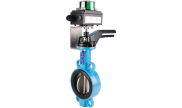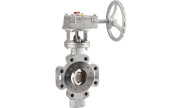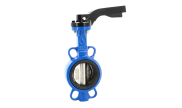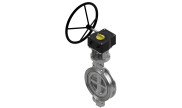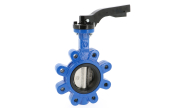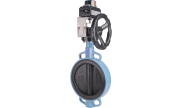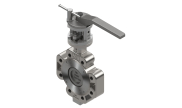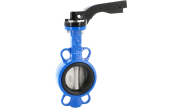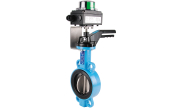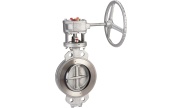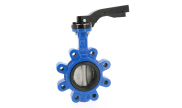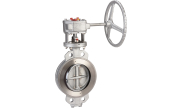Local Storage seems to be disabled in your browser.
For the best experience on our site, be sure to turn on Local Storage in your browser.
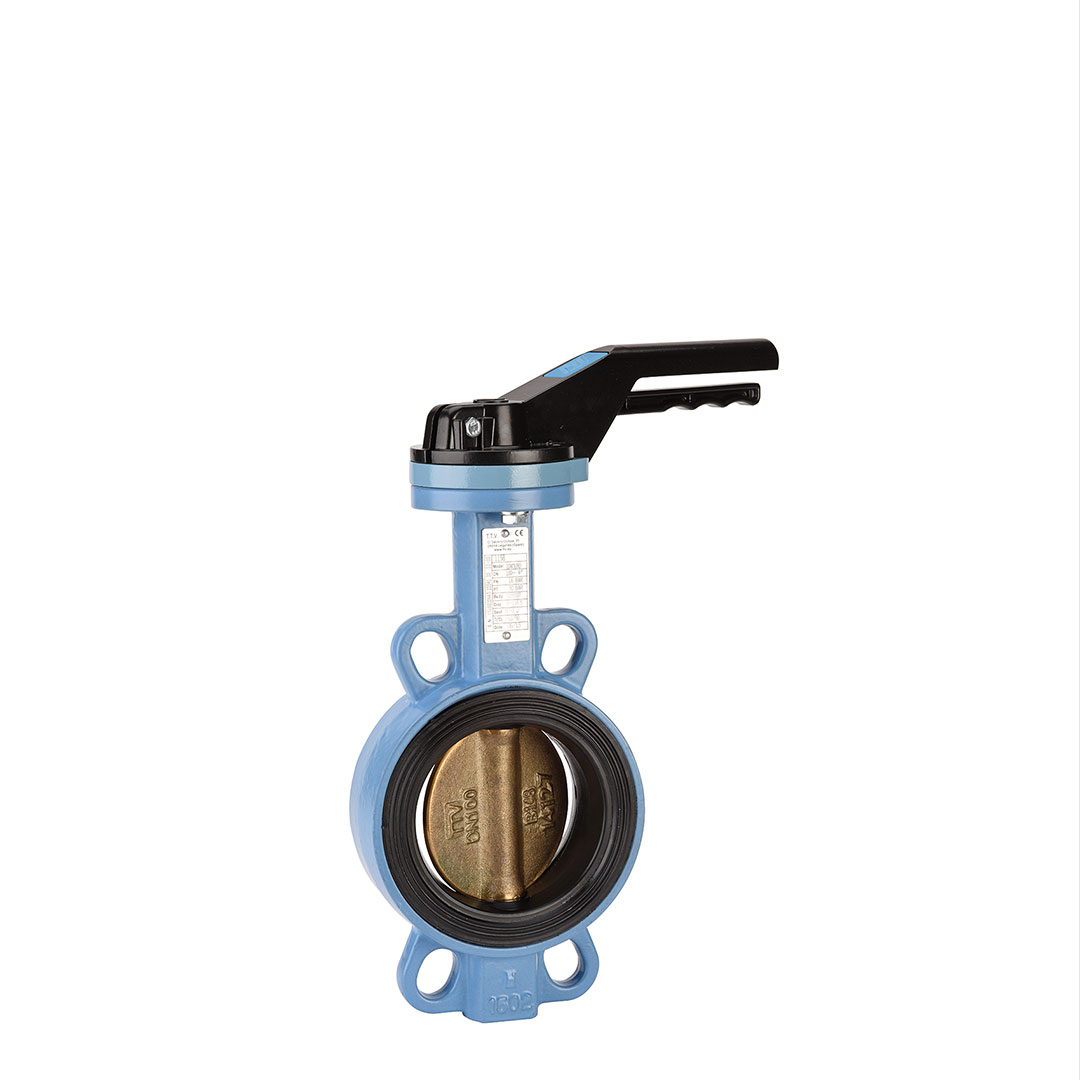
Butterfly valves
The role of the butterfly valve
The main function of these valves is to control the flow of liquids through a section of pipe. Butterfly valves are mainly used in management of a clear fluid (which does not contain solid particles) in a closed pressurised circuit in industry, HVAC, water supply and many other sectors. They are extremely durable and require little maintenance and are ideal for efficiently cutting fluids in large-diameter pipe sections thanks to their low weight.
Construction
The butterfly valve is a quarter-turn valve mainly made of cast iron, carbon steel, stainless steel or plastic. Butterfly valves are made up of several components: the body of the valve, the disc (the shape of which gives the valve its name), a shaft and a handle which drive the obturator, and finally a seat, the decisive element of the product, which will ensure the valve's tightness.
There are 3 types of butterfly valve construction.
The most common is the concentric type where the metal disc compresses a rubber seat on the body, when closing, to ensure a full tightness.
The body of the valve is the envelope that will contain the pressure in the system. This element is connected to the pipework to ensure a watertight seal with the pipework. In most cases, it is made of metal, which gives it good mechanical resistance.
The metal disc is the closure member of the valve, it is commonly known as the butterfly because of its shape. It is mounted on a stem and, when the valve is closed, it blocks the flow of the medium. When the valve is fully open, the butterfly moves a quarter turn. The passage is then free, allowing liquids or gas to pass through.
The resilient seat is fitted to the body of the butterfly valve to ensure a good seal.
The valve comprises many other components. These include the stem, the packing, and the actuation element. The packing provides an additional seal, particularly if the resilient seat is damaged.
Functioning and mechanism
The operation of the valve, closing or opening, is run thanks to a metal disc driven by a rod that passes through the middle of disc. The rod, also called stem or shaft, is connected to an element that controls the rotation of the disc turning it parallel or perpendicular to the flow. There are different options to actuate the valve, whether manually, with a lever or a gearbox, or automatically thanks to electric, pneumatic or hydraulic actuation.
Other types of butterfly valves
Along with the concentric butterfly valve, we offer two different types. The double-eccentric or double offset butterfly valve allows to close the valve tightly without a resilient seat. This construction helps performing on more demanding pressure and temperature conditions and offers a wider chemical compatibility than elastomers. The triple-eccentric or triple offset butterfly valve, known as high-performance butterfly valve is used when the application requires tight shut-off on very high pressure or temperature. Being the most of expensive of these valves, the seats are typically laminated or metal in design.
Butterfly valves need to be mounted between two flanges and the connection can be wafer or lug type. The wafer type allows you to install the valves between different connection standards thank to oblong-shaped centring lugs. The Lug type is fitted with threaded holes so that it can be bolted to the flanges independently on either side of the valve. These valves are typically used in HVAC applications, water systems, OEM, or irrigation for positive shut-off. Lug type will be a bit more expensive and can be used at the end of the line.

